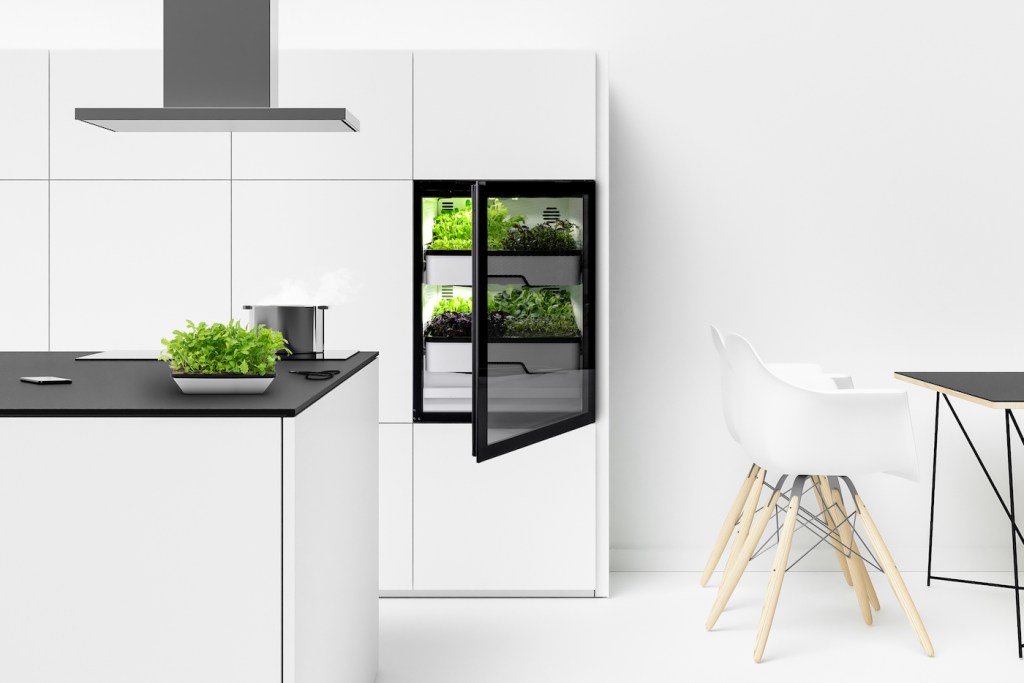Agtech investment firm AgFunder announced this week that it has added agtech company SinGrow to its investment portfolio for an undisclosed sum. AgFunder founding partner Michael Dean wrote in a post that SinGrow “isn’t just looking to be another vertical farmer selling leafy greens.” Instead, the company uses a combination of plant biology, hydroponic vertical farming, and other technologies to grow what it hopes will be a range of produce types, starting with its own novel varieties of strawberries.
As Dean lays out in his post, SinGrow has developed a vertical farming solution that addresses every stage of a plant’s agricultural journey, from breeding to harvesting. (Most vertical farm solutions do not address plant breeding.) It breeds strawberry varieties adapted to humid weather, and has two proprietary strawberry cultivators specifically developed for Singapore’s tropical climate. Both of those things mean SinGrow’s system uses less energy because it needs less air conditioning pumped in to cool the facility and reach the ideal growing temperature for the strawberries.
The company also grows the plants on a strawberry-specific rack it has developed, where the plants grow outward instead of upward. That in turn allows a harvesting robot to to drive alongside the rack and simply snip the strawberries off rather than pick them.
Why strawberries? Well, first, they’ve been a hobby of SinGrow cofounder Bao Shengjie, who has been cross-breeding strawberry seeds since 2016. That particular fruit was of interest to the founders because it’s difficult to actually get in Singapore, at least at an affordable price point. SinGrow lists expense, poor taste, and an unstable supply chain as reasons strawberries are difficult for the average consumer to buy in that region.
The company has this neat explainer video that delves more into the specifics on how it grows its strawberries.
Singapore also relies on imports for about 90 percent of its foods, hence the Singaporean government’s 30x30 initiative launched in response to the COVID-19 pandemic: Singapore should have 30 percent of its foods produced domestically by 2030.
On that note, SinGrow hopes to soon move beyond strawberries to grow grapes, saffron, and other crops, according to Dean’s post.
A (very small) handful of companies are also exploring what else they can grow beyond the leafy green. UK-based Phytoponics is trialing a system for plants like cucumbers, tomatoes, and peppers. And a while back, San Francisco startup Plenty said it wanted to grow “exotic” produce on its farm Tigris. To date, though, the company’s website still offers only leafy green varieties.
If a company like SinGrow can show others how to use biology, technology, and farming to grow a greater assortment of produce items, it could change vertical farming’s role in our system from an add-on method to a primary source for getting certain fruits and vegetables. It’s early days yet, but the technology looks to be moving in that direction.

























